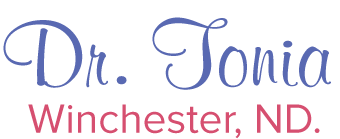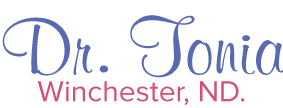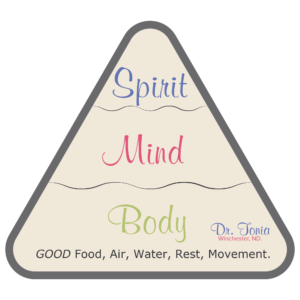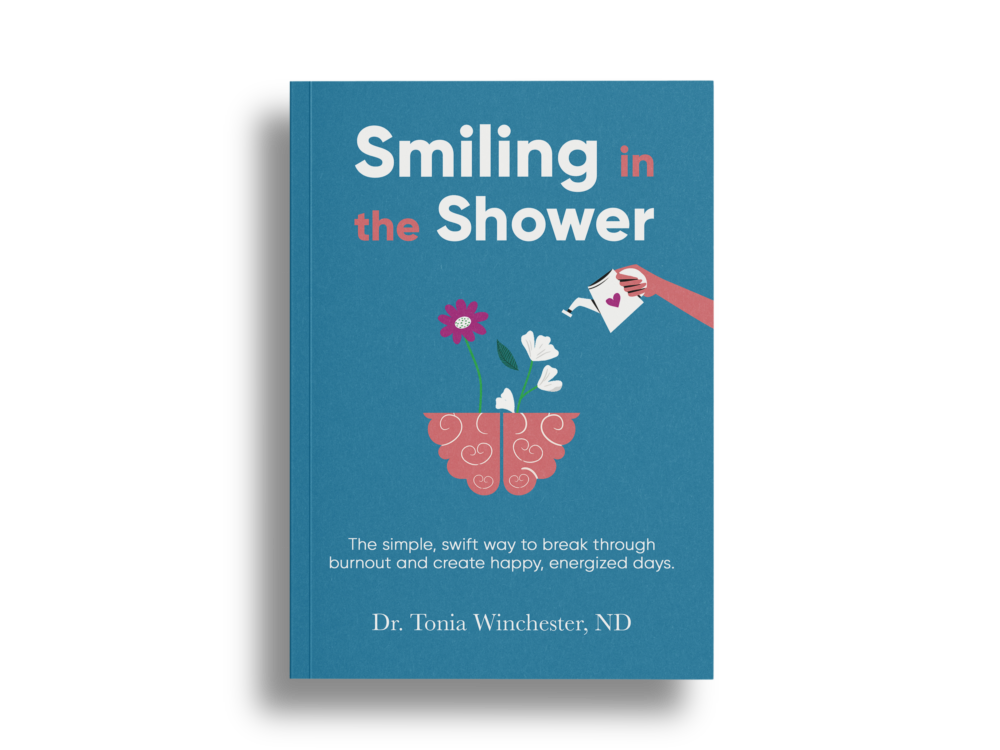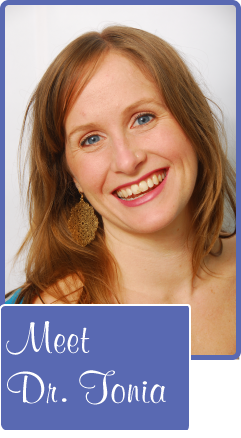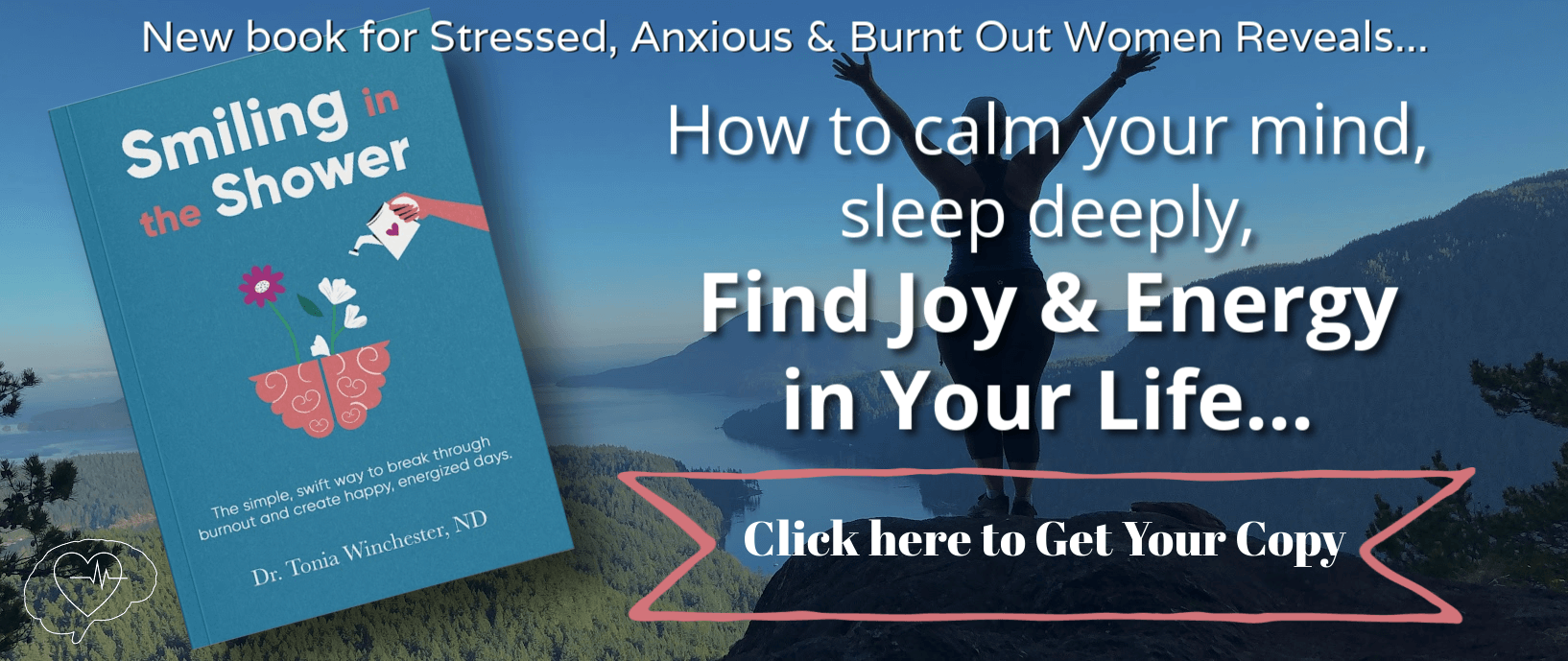 I’ve been talking about good food, good water, and good air as foundations for your physical well-being.
I’ve been talking about good food, good water, and good air as foundations for your physical well-being.
This series of articles and videos came about because someone asked me if my patients had unlimited resources – time, energy, and money – what tools and services would I offer them to optimize their wellness?
I got so excited by this question because it opened up an entire encyclopedia of options. There is more than one way to climb a mountain (or pyramid) and so…
…I’m building a pyramid of ideas!
We’re going to start at the base of the pyramid.
And over several posts move up to the top, highlighting curated suggestions that I would include in a “perfect world” treatment plan.
On the base of the pyramid is the physical foundations. Our bodies. Our vitality. Endurance. Strength. Flexibility. Fitness. You get it.
This bottom layer is made of 5 things you can do for yourself (aka SELF-CARE):
1. FOOD:
This is my favourite approach to food as medicine. But I also talk about food here. Here. Here. Here. And here.
2. WATER:
Oh, hydration. You’re not drinking enough water. I’m making an assumption because most people in my practice aren’t drinking enough water. They tell me this. It’s not what you know. It’s what you do. I go on and on about the importance of enough water here. Here. Here. And here.
3. AIR:
5 minutes is all you get without oxygen. Unless your David Blane or someone crazy. We need good air and we need clean air. We also need to breathe that air. We have the most control of this. Learn about breathing here. Here. And here.
4. REST:
We need this more than people realize. Getting 5-6 hours of sleep per night? You’re not recharging your batteries. You’re not healing, growing, or cleaning your system out. Getting under 7-9 hours? You’re more likely to gain weight, injure yourself or others, have a cardiovascular event (read: heart attack), or experience depression. Without enough sleep you’re less likely to maintain your IQ, to feel sexy or want sexy times, remember things, and enjoy your life.
Sleep has been covered here in compendium form. You’re welcome!
5. MOVEMENT:
The last piece of self-care is movement. Activity. Exercise if you’re okay with me calling it that. Sitting is the new smoking.
I’ve offered suggestions about movement here. Here. Here. And here.
These are all foundations of physical well-being. They’re all things you need to do for yourself. I can’t go to the gym for you. I can’t put broccoli in your mouth. You’re in charge of getting air into your lungs. You’ve got to put the gadget away and yourself to bed at a decent hour. You. Self.
Also in the bottom layer are the things professionals need to do for you. That’s really the focus of this post.
Beyond the basics of self-care, I just mentioned what else would I recommend?
1. HORMONE TESTING:
If we don’t figure out how well your body is making key hormones and how well it’s breaking them down and eliminating them we may circle the drain for a long time. I like looking at a full thyroid panel that is typically no available through your medical doctor unless you’ve got a referral to an endocrinologist. I also like doing a comprehensive hormone exploration through a urine test that looks at all your stress hormones, all your reproductive hormones (for men and women), certain key detoxification markers, specific B Vitamins, and, yes and neurotransmitters. These two tests together are a game changer for most of my patients.
2. SUPPLEMENTS:
Sometimes food isn’t enough. There’s soil depletion. There are digestion and absorption issues. Sometimes we need high quality, therapeutic grade, pharmaceutical levels of nutrients, herbal medicines, and remedies. Here’s my take on supplements. Here’s how I find the perfect remedies to balance YOUR body.
3. IV NUTRIENTS:
Sometimes oral supplements aren’t enough. If someone has a lot of gut issues such as inflammatory bowel disease, irritable bowel syndrome, leaky gut, or imbalances in their digestive microorganisms, we see nutrient absorption issues. So sometimes we literally need to mainline those into the body through IV treatments. The main way I do this in my practice is something called a Myer’s Cocktail. I usually recommend 3-6 of these in a row, spread 1-2 weeks apart, depending on how depleted someone is.
4. BIOPUNCTURE:
As we work to eliminate obstacles to cure (food allergens, stress, toxins) and strategize re-nutrifying the body, sometimes there is pain that needs to be addressed because it is preventing the proper movement, activity, or exercise that would support a long-term wellness program. So… my favourite way of helping people with their pain is biopuncture. It’s a micro-injection of remedies that stimulates blood flow to an affected area and lymph drainage away from it. This means better healing, better function, less pain, and more mobility. I talk about biopuncture here. I’d include 6-8 weekly injections in an ideal world patient plan.
5. ACUPUNCTURE:
This is my 2nd fave way of treating pain. It’s also a lovely stress reducer – even if you’re a needlephobe. Actually, acupuncture can be used to help any issue in the body. It does this by driving energy to areas in the body that need it. I gab all about how and why acupuncture works here. I’d have the patient come in for 4-6 weekly treatments and then ongoing every 2 weeks.
6. ROLFING (R) STRUCTURAL INTEGRATION:
I know that’s a funny word. Rolfing Structural Integration is a hands-on system that works to heal and repair scar tissue and adhesions in the fascial tissue. Fascia is a lining outside of your muscle cells that creates a link from head to toe. Imagine a flat bedsheet on a bed. Now picture you taking one of the corners and twisting it. You can see the ripple of that disruption over the entire piece of fabric. That’s how fascia creates connection in the body. A scar in your leg might be affecting that relentless shoulder pain that you’ve felt stuck with no matter how many massages or adjustments you’ve had.
The work is very systematic so I did the full 10 session series and here’s what happened. Nothing. Or so I thought. But then… a couple of months later at another practitioner’s office, I was filling out an intake form. You know those diagrams of the human body where you circle your pain zones? Well, surprisingly, I had nothing to circle. All the niggly pain places that would act up and bother me were gone. That’s what Rolfing did for me and I’d bet it would offer you something similar.
Stephanie Brossard is a Certified Rolfer (TM) and she works at Tonic Naturopathic every Thursday. I can’t recommend her and her work enough. I suggest the full 10 sessions over 3-4 months.
7. PROLOTHERAPY:
Lastly, the final note in our physical well being post. I know this has been a long one, so kudos to you for sticking around. Prolotherapy is also an injection therapy where the practitioner puts dextrose and other molecules into the ligaments, tendons, and joints to stimulate healing in the area. I suggest seeing Clayton Willoughby at Nanaimo Acupuncture.
There you have it!
I wouldn’t suggest all of these for everyone of course. But… I also wouldn’t NOT suggest all of these for everyone, if you catch my drift.
What I mean is I would encourage everyone to try all of the things I mentioned to see what would work for them. Not every modality is going to work for every body. Thank goodness there are many options for us!
Since this is a hypothetical patient with hypothetically available and unlimited resources I would suggest giving several of these modalities a solid, college try. That would include several sessions of each of the above.
Let me know what you think!
Have you tried any of the above modalities? If so… what did you notice? What did you discover? What worked? What didn’t?
To your healthy, happy, delightful life,
